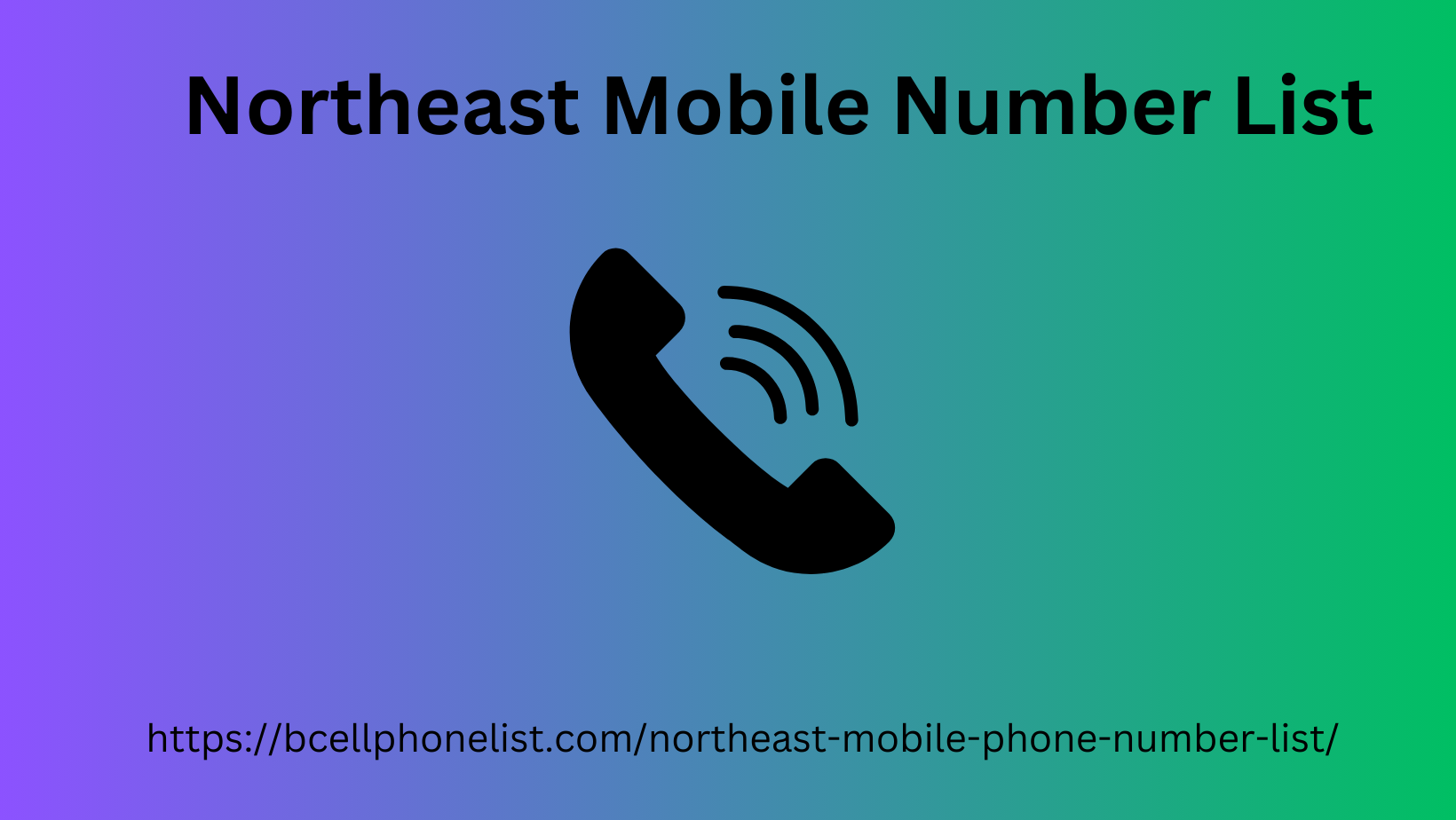|
|
below). And you must contribute to your employees' accounts every year that you contribute to your own account. Annual contributions are required to be reported on IRS Form 5498.For example: Suppose you decide to contribute 10% on behalf of your employees toward each of their SEP IRAs. Joe's income is $80,000, so your employer contribution to his account is $8,000. Mary's income is $85,000, so your contribution to her account is $8,500 . Your contribution to your own SEP IRA, as owner, is 10% of the business's net income (after deducting one-half of your self-employment tax and contributions to your own SEP), not your salary.
Note that employees cannot make their own contributions to the SEP IRA you set up for them; the business Northeast Mobile Number List owner is the only one who contributes.The traditional SEP includes pre-tax contributions and required minimum distributions (RMDs) starting at age 73. There’s also a new Roth option that uses after-tax contributions, grows tax free, and can be withdrawn tax free after age 59 1/2.SIMPLE IRAAnother choice for small businesses is the SIMPLE IRA. This plan is designed to be relatively easy to administer.

It’s typically available only to businesses with 100 or fewer employees. Like the SEP IRA, there are just three steps to get started: Create a written agreement that indicates you’ll provide the benefit to eligible employees. The IRS offers the Form 5304-SIMPLE or Form 5305-SIMPLE to make the process easier. Provide employees with information about the plan, including whether you plan to make non-elective or matching contributions. Create an IRA account for each eligible employee.First, learn the differences. Get a side-by-side comparison.You'll have to decide each year how you'll handle
|
|
